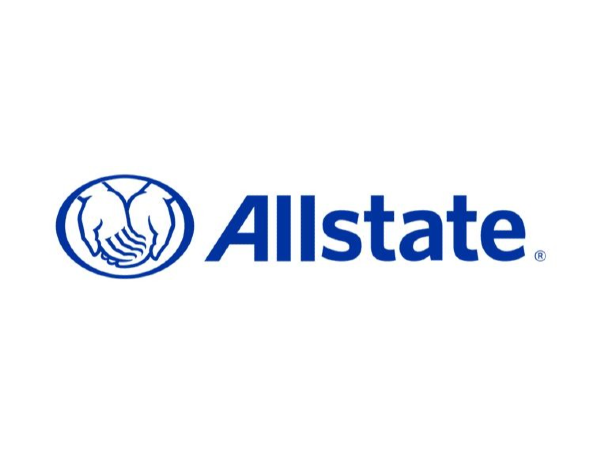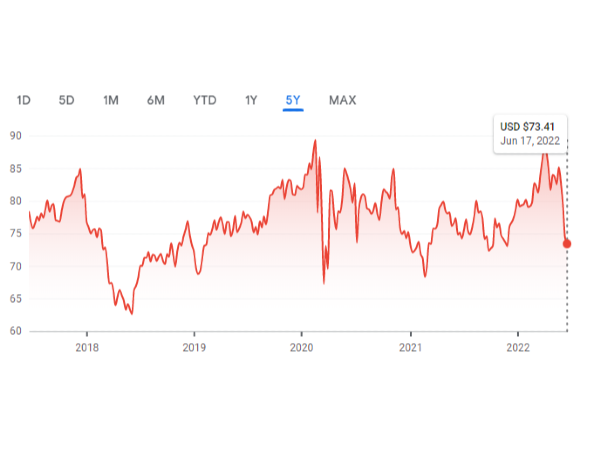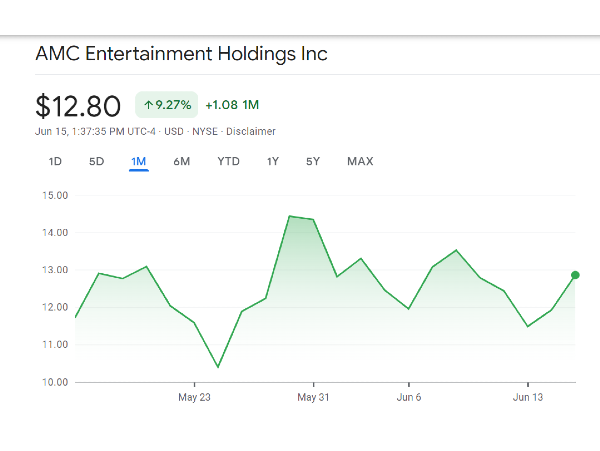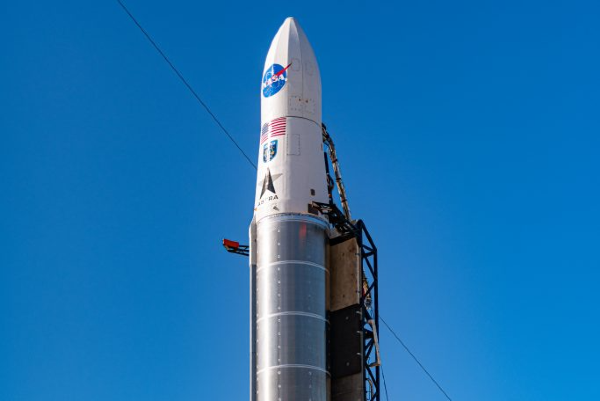The Allstate Corporation and its subsidiaries provide casualty and property insurance products in the U.S. and Canada. Segments through which the company operates include
- Run-off Property
- Liability Allstate Health and Benefits
- Protection Services
- Allstate Protection
Protection Services
The Protection Services segment offers products under a variety of brands that include
- Allstate Identity Protection
- Arity
- Allstate Roadside Services
- Allstate Dealer Services
Allstate Protection Plans
The services they provide include
- Identity protection services
- Analytic and data solutions that use automotive telematics information
- Mobile and device data collection services
- Roadside assistance
- Guaranteed asset protection waivers, road hazard fabric and paint and wheel and tire protection
- Insurance and finance products that include vehicle service contracts
- Consumer product protection plans along with related technical support for appliances, furniture, consumer electronics, and mobile phones
Allstate Health and Benefits
This segment provides health insurance products, such as short-term disability, critical illness, accident, and life.
Run-off Property-Liability
This segment provides casualty and property insurance
Reasons for Choosing ALL
Indicators used in selecting this stock were Beta, P/E Ratio, Growth, Dividends, and Recommendations by Financial Analysts. They are as follows.
- Beta – 0.81
- P/E Ratio – 10.02
- Dividends - $3.32
- Growth – The Allstate Corporation revenue for 2021 was $50.59 billion, an increase of 20.71% over 2020. Earnings from 2020 to 2021 were down by 71.32%.
- Analysts’ recommendation – 25 analysts give an average rating to buy the stock.
Industry surveys indicate consumers are not completely happy with insurance companies. They want insurance to be easier and friendlier, the claims process to be more efficient and fairer, and agents to be highly familiar with their needs and loyal.
The Allstate Company has undertaken the initiative to generate more profitable, faster growth by aligning the company to deliver more of what consumers say they need and want. Over time, there will be significant changes in how the company does business. With the company's organizational and financial strength, the changes are a tremendous opportunity for growth.
History of the Company
A bridge game aboard a commuter train was the birthplace of Allstate. Carl L. Odell proposed to the president and CEO of Sears, Roebuck and Co., Robert E. Wood, the idea to sell auto insurance through direct mail.
He suggested selling by mail would reduce costs because commissions paid to salesmen would be eliminated. Wood found the proposal appealing and passed the proposal to the Sears board of directors.
The members were intrigued by the concept. Sears chose the name Allstate after a tire that they marketed. The Allstate Insurance Company went into business in April of 1931. It offered auto insurance through the Sears catalog and direct mail.
The first chairman of the Allstate Board of Directors was Lessing J. Rosenwald. Odell was the vice-president and secretary. The company's early success proved Wood and Odell were right about the reduced cost.
With a 20-member staff based at the Chicago Sears headquarters, 4217 policies took in $118,323 in premiums in 1931. During the first two years in operation, the company showed losses in underwriting. By 1933, 22,000 active policies earned a profit of $93,000.
The first sale made by an agent took place in 1933 at the Chicago World's Fair from a Sears booth. Allstate's first permanent office was opened in 1934 in a Chicago Sears store. It started transitioning from direct mail to insurance agents as the principal sales avenue.
Using the Sears stores kept costs down, even with commissions paid to agents. The growth of Allstate through the Depression was steady but slow. The volume of the company's premiums reached $1.8 million by 1936.
By 1941, premium revenue more than tripled to $6.8 million from 189,000 policies in force. James Barker became the chairman of the board for All state in 1943. The participation in World War II slowed the growth of Allstate because the usage and production of automobiles were curtailed.
After the war ended, new legislation paved the way for growth in the company. In 1941 only about 25 percent of drivers in the U. S. had auto liability insurance. A bill was passed by the New York legislature that firmly established the financial responsibility of drivers for injuries and damage that resulted from auto mishaps.
It inspired a flurry of similar laws in other states. By the mid –1950s, almost every state had laws establishing financial responsibility. During the decade following World War II, Allstate nearly doubled in size every two years.
Three hundred twenty-seven thousand policyholders paid premiums totaling more than $12 million in 1945. By 1955, over 3.6 million policies were in force, paying $252 million.
The largest public stock offered in the U.S. occurred in 1993 when Sears, Roebuck, and Co. offered to the public almost 20 percent of Allstate's stock, making Allstate the largest publicly held casualty and property insurance company in the nation. The other 80 percent became publicly owned in 1995.
Allstate controls approximately 12 percent of the U.S auto and home insurance market. It is second to State Farm Insurance Companies. There are 15,200 full-time and thousands of independent agents. Casualty and property policies account for more than 75 percent of the company's revenue, while 15 percent is from Life Operations.


























The Allstate Corporation and its subsidiaries provide casualty and property insurance products in the U.S. and Canada. Segments through which the company operates include
Protection Services
The Protection Services segment offers products under a variety of brands that include
The services they provide include
Allstate Health and Benefits
This segment provides health insurance products, such as short-term disability, critical illness, accident, and life.
Run-off Property-Liability
This segment provides casualty and property insurance
Reasons for Choosing ALL
Indicators used in selecting this stock were Beta, P/E Ratio, Growth, Dividends, and Recommendations by Financial Analysts. They are as follows.
Industry surveys indicate consumers are not completely happy with insurance companies. They want insurance to be easier and friendlier, the claims process to be more efficient and fairer, and agents to be highly familiar with their needs and loyal.
The Allstate Company has undertaken the initiative to generate more profitable, faster growth by aligning the company to deliver more of what consumers say they need and want. Over time, there will be significant changes in how the company does business. With the company's organizational and financial strength, the changes are a tremendous opportunity for growth.
History of the Company
A bridge game aboard a commuter train was the birthplace of Allstate. Carl L. Odell proposed to the president and CEO of Sears, Roebuck and Co., Robert E. Wood, the idea to sell auto insurance through direct mail.
He suggested selling by mail would reduce costs because commissions paid to salesmen would be eliminated. Wood found the proposal appealing and passed the proposal to the Sears board of directors.
The members were intrigued by the concept. Sears chose the name Allstate after a tire that they marketed. The Allstate Insurance Company went into business in April of 1931. It offered auto insurance through the Sears catalog and direct mail.
The first chairman of the Allstate Board of Directors was Lessing J. Rosenwald. Odell was the vice-president and secretary. The company's early success proved Wood and Odell were right about the reduced cost.
With a 20-member staff based at the Chicago Sears headquarters, 4217 policies took in $118,323 in premiums in 1931. During the first two years in operation, the company showed losses in underwriting. By 1933, 22,000 active policies earned a profit of $93,000.
The first sale made by an agent took place in 1933 at the Chicago World's Fair from a Sears booth. Allstate's first permanent office was opened in 1934 in a Chicago Sears store. It started transitioning from direct mail to insurance agents as the principal sales avenue.
Using the Sears stores kept costs down, even with commissions paid to agents. The growth of Allstate through the Depression was steady but slow. The volume of the company's premiums reached $1.8 million by 1936.
By 1941, premium revenue more than tripled to $6.8 million from 189,000 policies in force. James Barker became the chairman of the board for All state in 1943. The participation in World War II slowed the growth of Allstate because the usage and production of automobiles were curtailed.
After the war ended, new legislation paved the way for growth in the company. In 1941 only about 25 percent of drivers in the U. S. had auto liability insurance. A bill was passed by the New York legislature that firmly established the financial responsibility of drivers for injuries and damage that resulted from auto mishaps.
It inspired a flurry of similar laws in other states. By the mid –1950s, almost every state had laws establishing financial responsibility. During the decade following World War II, Allstate nearly doubled in size every two years. Three hundred twenty-seven thousand policyholders paid premiums totaling more than $12 million in 1945. By 1955, over 3.6 million policies were in force, paying $252 million.
The largest public stock offered in the U.S. occurred in 1993 when Sears, Roebuck, and Co. offered to the public almost 20 percent of Allstate's stock, making Allstate the largest publicly held casualty and property insurance company in the nation. The other 80 percent became publicly owned in 1995.
Allstate controls approximately 12 percent of the U.S auto and home insurance market. It is second to State Farm Insurance Companies. There are 15,200 full-time and thousands of independent agents. Casualty and property policies account for more than 75 percent of the company's revenue, while 15 percent is from Life Operations.